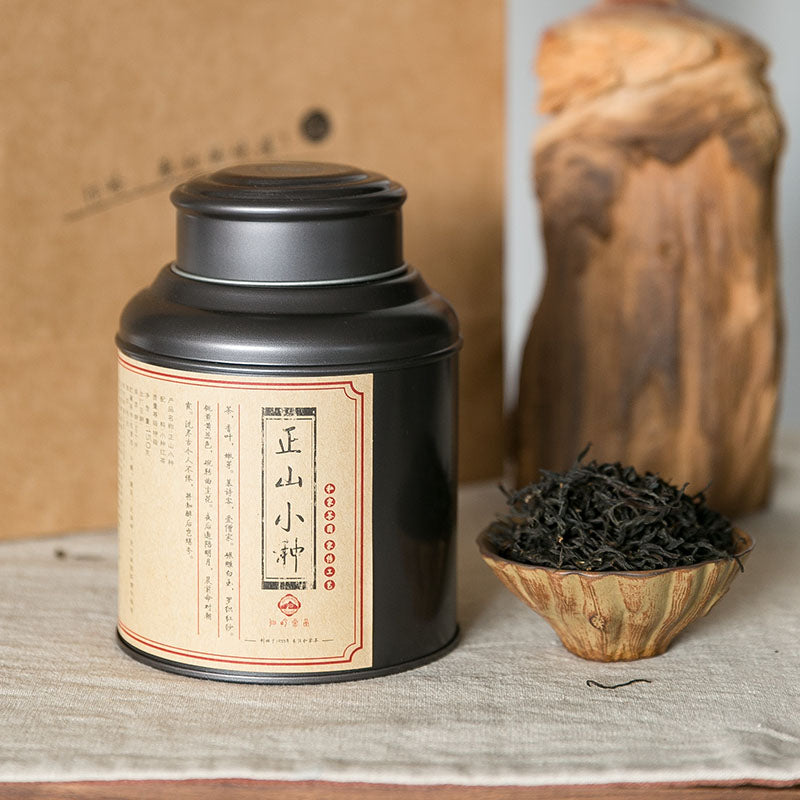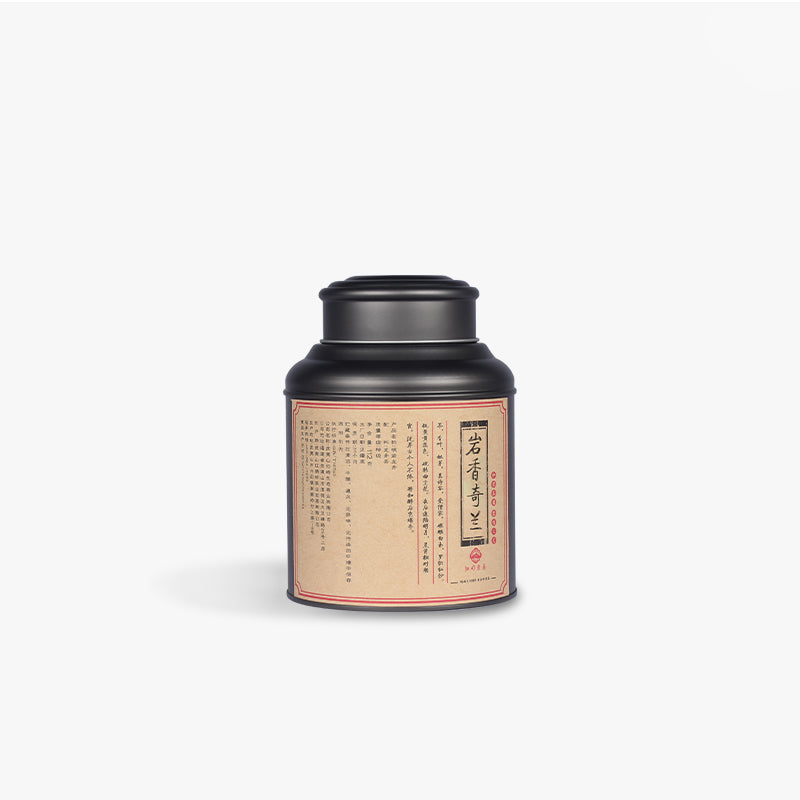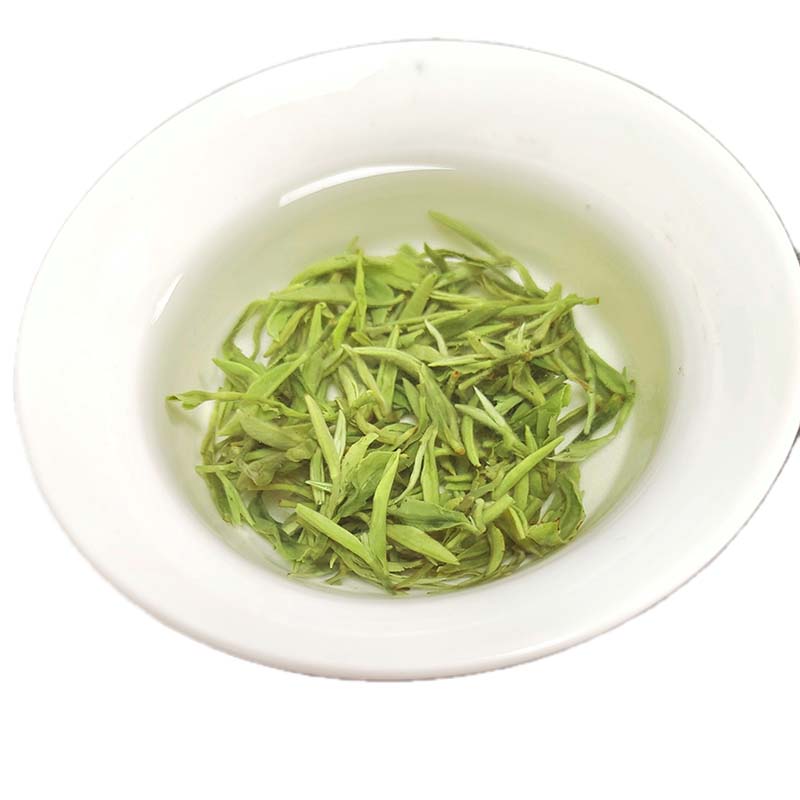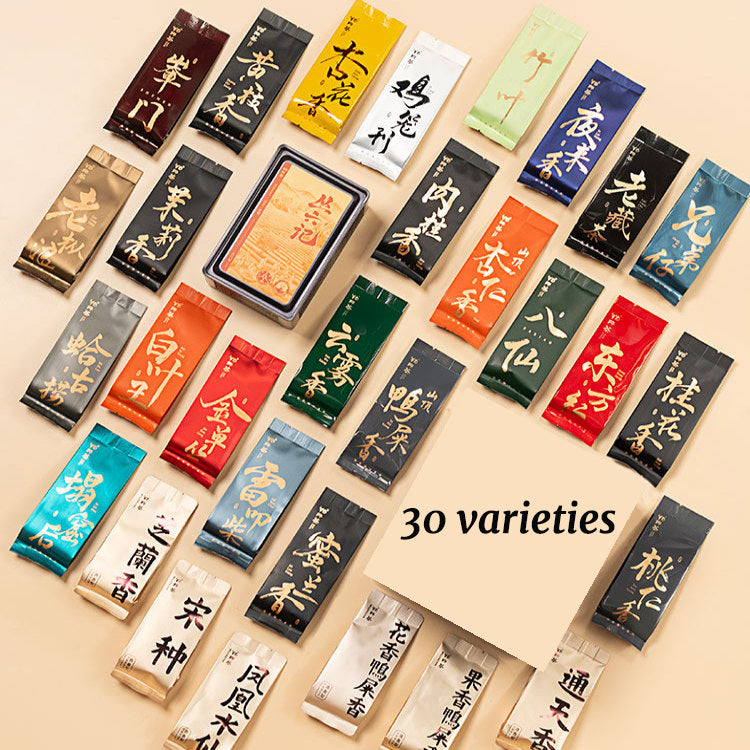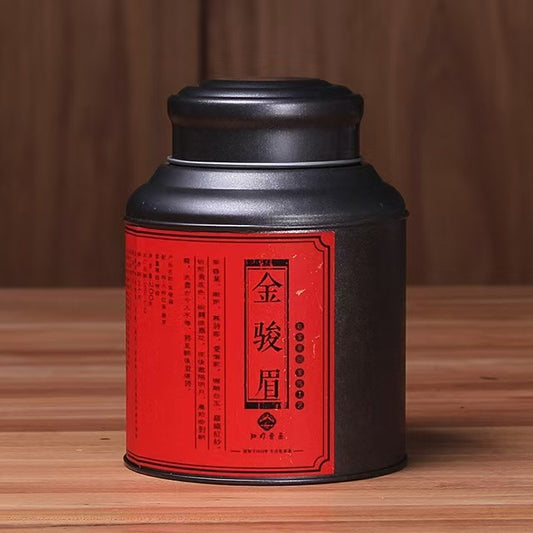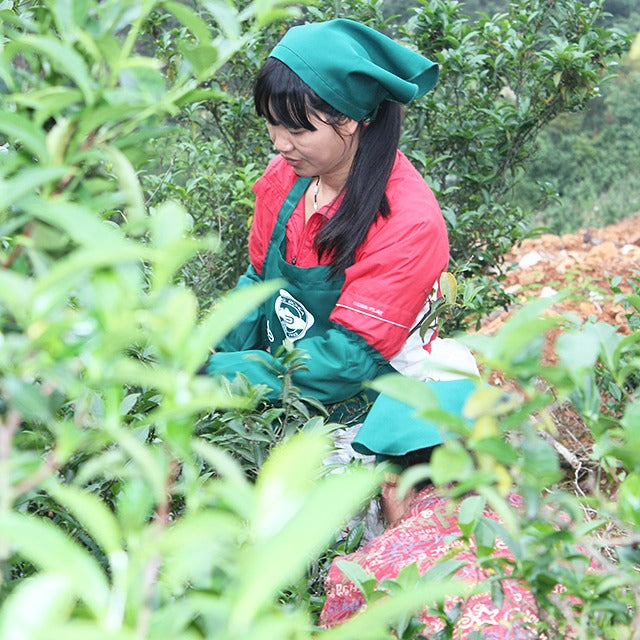Is Oolong Tea Decaf
Is Oolong Tea Decaf
Navigating the world of tea can feel a bit like wandering through a dense garden maze, with its many paths leading to new discoveries. Among these pathways, one might stumble upon the enigmatic oolong tea, a category often loved for its tender complexity and vivid heritage. As someone curious about the contents of your cup, you might wonder: is oolong tea naturally decaffeinated, or is it caffeinated like its cousins, black and green tea?
First, the question of caffeine. As it happens, oolong tea, by its very nature, contains caffeine. This is because oolong, like black and green teas, originates from the Camellia sinensis plant, which naturally produces caffeine as a defense mechanism against pests. The caffeine content in oolong can vary significantly, depending on several factors such as the tea leaf's origin, processing method, and even how you brew it at home.
If you're someone who's sensitive to caffeine or simply prefers a more mellow sip, you might be concerned about this. However, oolong can be quite forgiving. It tends to provide a moderate boost without the jittery edge that comes with a strong cup of coffee. This is partly due to the tea's unique oxidation process, which places it somewhere between black and green teas, both in flavor and caffeine levels. You might find that a lightly oxidized oolong offers a gentle lift, perfect for an afternoon pause without the risk of a sleepless night.
The journey of oolong from leaf to cup is as intriguing as the tea itself. Originating in China, particularly from the Fujian and Guangdong provinces, and in Taiwan, oolong teas are crafted with meticulous skill and time-honored techniques. Each region imparts its own distinct character to the tea. For example, a Tie Guan Yin from China might yield floral notes with a rich, almost creamy texture, while a Taiwanese Dong Ding might reveal more robust, fruity undertones.
When it comes to preparation, oolong invites a touch of ceremony and personal flair. Traditionally, a yixing clay teapot or a simple gaiwan is used to brew this tea, allowing the leaves to unfurl gracefully and release their full flavor. Yet, the beauty of oolong lies in its flexibility. Whether brewed strong or weak, hot or iced, its charm remains intact.
Ultimately, while oolong tea is not caffeine-free, its nuanced character—bridging the boldness of black tea and the gentleness of green—offers a unique space in your collection. As you sip your next cup of oolong, perhaps consider the legacy of hands that crafted it, reflecting a tradition that is as vibrant and evolving as the tea itself. And isn't that, after all, the true delight of enjoying tea: the connection it weaves between tradition, nature, and the shared moments where we pause and simply enjoy?

